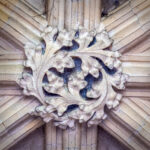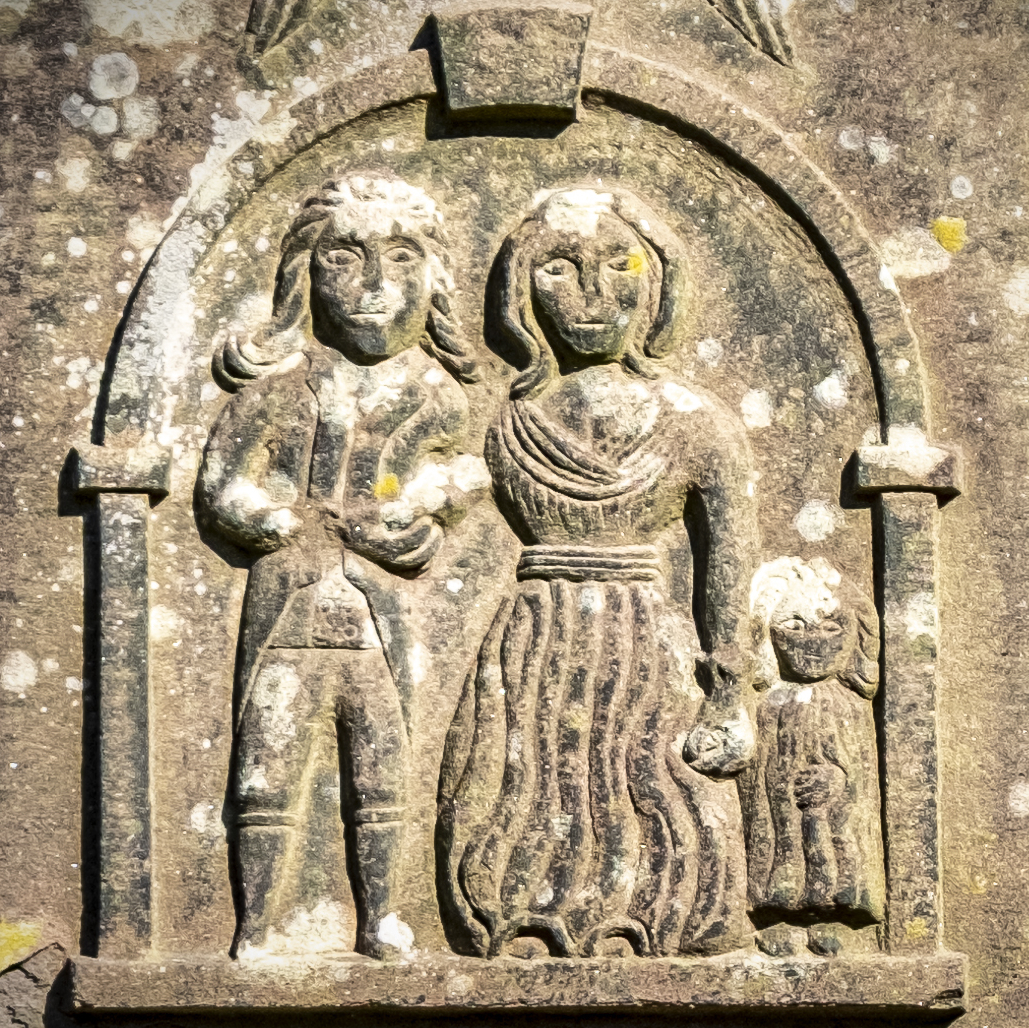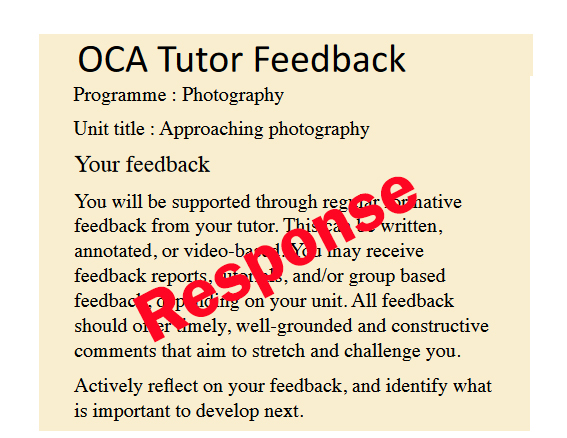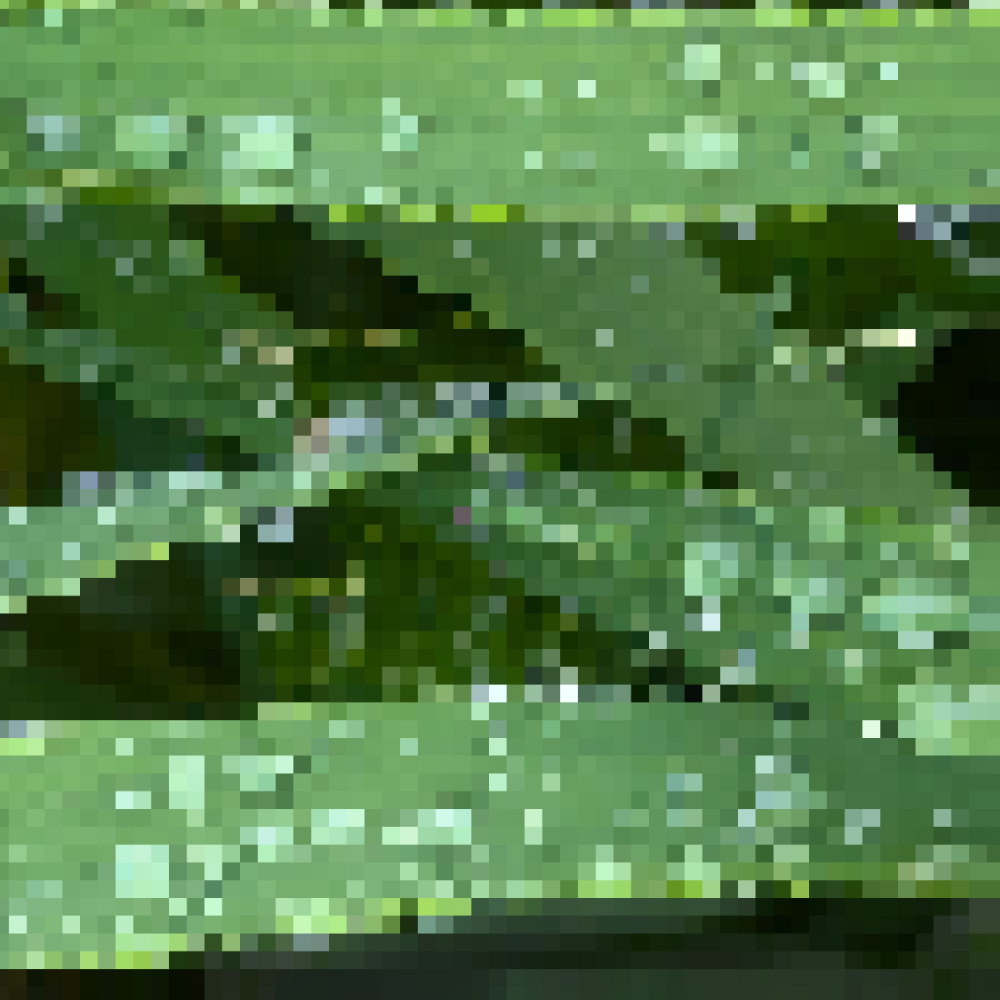For this assignment (#4 -Talking Photography) I have chosen this royal photographic portrait taken by Prince William to celebrate 2024 Mothering Sunday in the UK.

Taken on face value this is a joyful, family photograph of a mother with her children. Although it may be posed, it speaks of middle class, relaxed wholesomeness, easy relationships, fun and informality.
But of course, we know that this is the family of the heir to the throne. We are looking at a royal portrait, officially released for publication for what is a national, family-oriented day. As the former Queen said “you must be seen to be believed.”
However, we also know that the mother in this image is receiving treatment for cancer, and had been for some time before Mothering Sunday. Since the beginning of 2024 she has not been seen nor able to undertake her duties as a senior member of the royal family.
So, this image is more than a run-of-the-mill royal portrait. It is a particularly symbolic image intended to convey important aspects of largely unspoken requirements for a functioning monarchy. Physical and mental fitness to do the job; normality and an ability to connect with ordinary families; motherhood, as a generalised symbol as mother/carer for the nation; continuity, as the heirs are on display. An image to show that all is well with the monarchy.
If it had stopped at that it would not really be seen as anything more…
Given Kate’s illness, the lack of information and mounting conspiracy theories about her condition, this first published image since her surgery in January, raised further questions about whether Kate is as well as this image purports to show. The image was scrutinised, and shock, horror, scandal, it had been manipulated in photo editing software, (Photoshopped!). It was immediately “killed” by photo agencies who prohibit the use of overly edited images, but it had already been widely published and could not be taken back! A royal portrait posing as a family snap!
An in-depth study of the available meta data from a ‘base’ image [5] suggests that the published image was stitched together from several images and edited. Apart from the usual limitations on the ‘truthfulness’ of photographs, the use of framing, blurring, narrow field of view, questions were then being asked about the ‘truthfulness’ of official royal images. Can these official images, put out to inspire confidence in the monarchy, be trusted to factually illustrate what it purports to show. Much rolling of eyes this side of the keyboard!
Documentary images are non-verbal attempts to engage and form opinions and attitudes in the viewer by employing visual hooks into conscious and subconscious emotions and understandings of cultural heritage. In this image I was immediately emotionally engaged by the mother’s wide protective arms around the happy children. I liked the image and its composition, something we all strive for in our own photography. A posed family snap to go in the album.
Photo agencies that use official royal images must agree that the images “must not be digitally enhanced, cropped, manipulated or modified in any manner or form”. Royalty is a business and they market themselves to ensure that their official images convey the desired message. Do we really think that before their images go to press agencies that they are not “enhanced, cropped, manipulated or modified”.
The suggestion that photographic images are ‘truthful’ is unhelpful in our current technological environment. Are we so naive as to trust and think that all that we are shown in photographs can be taken on face value. Truth is a slippery concept. Fake news and supporting images (sometimes faked and manipulated) are not a new phenomenon. It has been in the armoury of those with power and the means to do it across the ages [1]. Schools attempt to educate future citizens to be more questioning and aware.
I would like to think that the royal mothering Sunday image was withdrawn because it was poorly edited rather that the fact it was edited.
[1] A brief history of fake news (no date) BBC Bitesize. Available at: https://www.bbc.co.uk/bitesize/articles/zwcgn9q (Accessed: 5 September 2024).
[2] Davies, C. (2024) ‘Princess of Wales says she edited family photo recalled by picture agencies’, The Guardian, 11 March. Available at: https://www.theguardian.com/uk-news/2024/mar/11/princess-wales-says-her-edited-family-photo (Accessed: 4 September 2024).
[3] Duell, M. (2024) Revealed: The 16 ‘photoshop issues’ with Kate’s Mother’s Day portrait, Mail Online. Available at: https://www.dailymail.co.uk/news/article-13182189/Kate-Middleton-Mothers-Day-photo-problems-picture.html (Accessed: 5 September 2024).
[4] Kate photo: ‘An intern doing that wouldn’t get a job’ – Photo agency director unimpressed by Princess of Wales’s editing (no date) Sky News. Available at: https://news.sky.com/story/kate-photo-an-intern-doing-that-wouldnt-get-a-job-photo-agency-director-unimpressed-by-princess-of-waless-editing-13092746 (Accessed: 5 September 2024).
[5] The camera never lies? Here’s what the data says about Kate’s edited photo (no date) Sky News. Available at: https://news.sky.com/story/the-camera-never-lies-heres-what-the-data-says-about-kates-edited-photo-13093203 (Accessed: 4 September 2024).
Postscript:
“Martin Keene, a former group picture editor at the Press Association, said it (killing an image) was “something that normally happens when somebody’s looked at a photograph after it’s been transmitted and they’ve said, ‘do you know what, there’s something here that doesn’t quite look right’.
“And that’s when a picture kill is transmitted.
“All picture agencies have truth and accuracy as their DNA – it’s something that really matters to them.
“The only thing that they have is their trust and their credibility and they need to know that for their clients and the people who look at their pictures – the readers, the viewers – that their picture really was what the photographer saw when the picture was taken, and that it hasn’t been manipulated since that time”. ” [4]
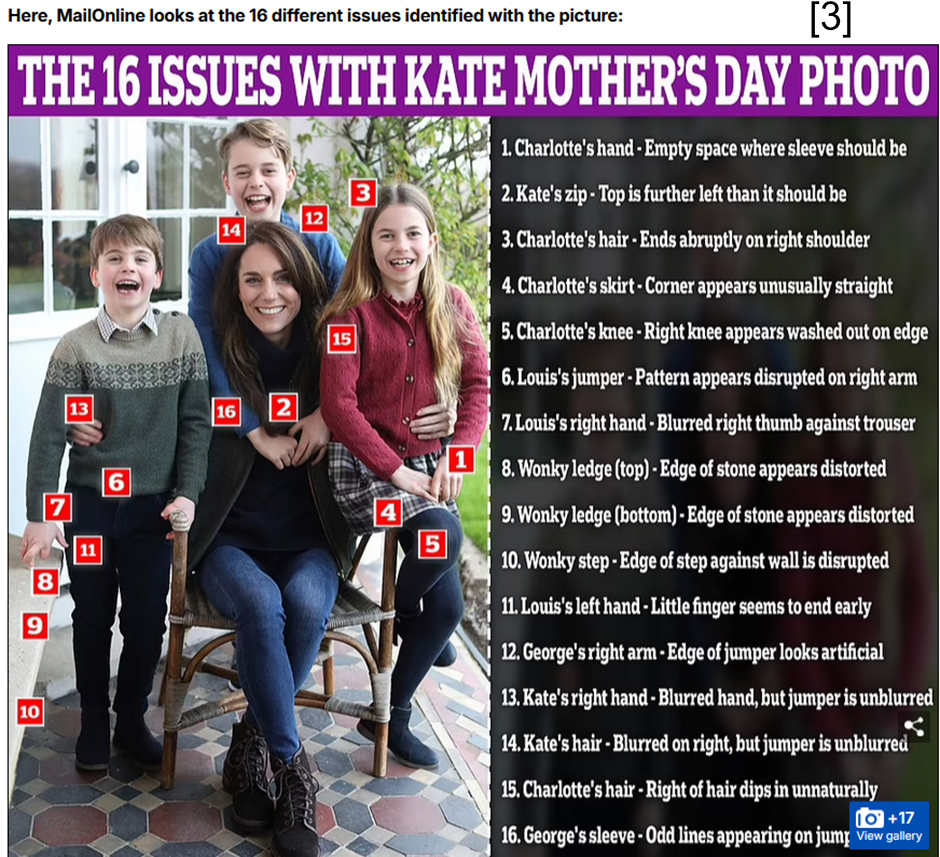
I had thought that the surrounding of children in mother’s protective arms was a familiar ‘trope’, but I could not find the exact pose in photographs nor drawings or paintings. What is interesting is that Kensington Palace issued the following photograph later in the year, taken by Kate for Father’s Day 2024 using almost the same pose but from the back!

…and finally on the use of an image to create an emotional response compiled from many images, it has been successfully done since the beginning of photography. Here Henry Peach Robinson’s 1858 photograph ‘Fading Away’ a composite of 5 negatives.

